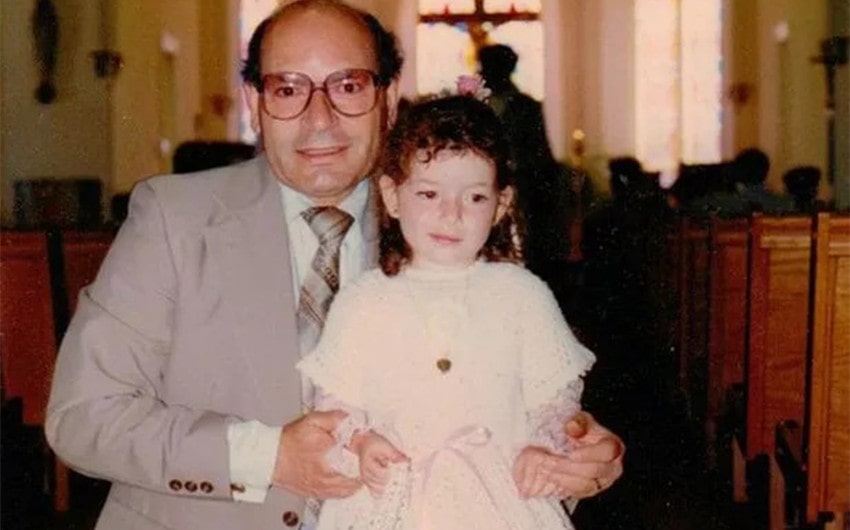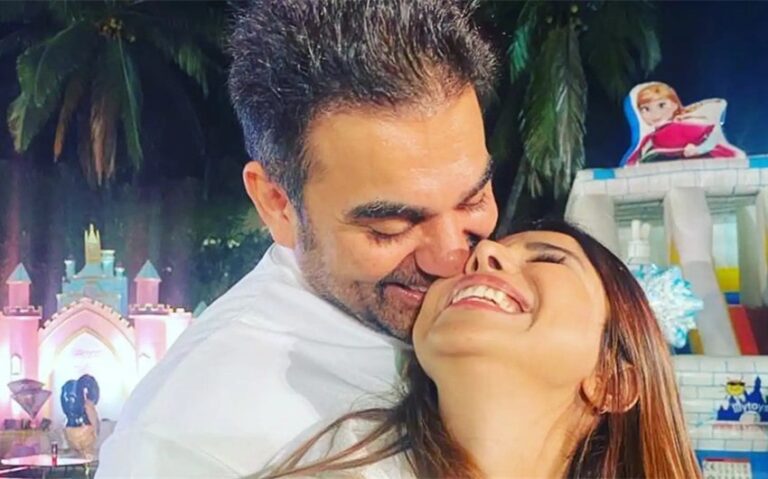Who Was Betty Mahmoody’s Husband – The Story Behind Her First Marriage
When people search for “Betty Mahmoody’s husband,” they’re often trying to understand the man at the center of one of the most harrowing international family dramas of the 20th century. Betty Mahmoody, the American author known for her bestselling memoir Not Without My Daughter, was once married to Sayyed Bozorg Mahmoody, a man whose name became synonymous with betrayal and captivity in her story. But who was he really, and what happened during their marriage that led to global headlines, a Hollywood film, and ongoing debate?
Who Was Betty Mahmoody’s Husband?
Betty Mahmoody’s husband was Sayyed Bozorg Mahmoody, known simply as “Moody.” He was born in Iran in 1939 and later moved to the United States, where he built a respected professional life. A highly educated man, Moody worked as an anesthesiologist, and at various points, he was also known to have been a mathematics professor and reportedly had connections with NASA. By all appearances, he was successful, intelligent, and well-integrated into American society.
Moody met Betty in the mid-1970s in Houston, Texas. She was a divorced American woman with two sons, and he was an Iranian-born physician with a calm and charismatic demeanor. The couple married in 1977, and soon after, they relocated to Michigan where they began their life together. In 1979, they welcomed a daughter named Mahtob, who would later become central to one of the most dramatic mother-daughter escapes in modern history.
Marriage and Life in the U.S.
For several years, their life seemed relatively normal. Betty and Moody lived in Michigan, where he continued his medical practice and she focused on raising Mahtob and her two sons from a previous marriage. Friends and colleagues knew them as a quiet, respectable family, although Betty would later write about her growing discomfort with Moody’s increasingly authoritarian personality.
According to her accounts, as their relationship evolved, so did his behavior. She described a gradual shift toward emotional volatility and controlling tendencies, though these issues remained largely behind closed doors. Despite cultural differences and arguments, the marriage lasted for several years until a fateful trip to Iran turned their lives upside down.
The Visit to Iran That Changed Everything
In 1984, Moody proposed a family trip to Iran to visit his relatives. Betty was reluctant but agreed under the condition that it would only be for two weeks. Once in Iran, however, her worst fears materialized. Moody refused to let them return to the United States, claiming that he intended for them to stay in Iran permanently. What was meant to be a short vacation became an 18-month ordeal for Betty and her then 5-year-old daughter, Mahtob.
Betty found herself trapped in a highly restrictive environment, living under strict rules in a society where she had no legal rights as a woman, let alone as a foreigner. Isolated, monitored, and increasingly fearful for her safety, she made several unsuccessful attempts to reach out for help. Her situation was complicated by the cultural and legal system in Iran, which gave custody and legal control to the father.
Eventually, in 1986, after months of planning and with the help of sympathetic locals, Betty and Mahtob escaped from Iran, crossing the border into Turkey on foot through the mountains. From there, they returned to the United States, where Betty soon filed for divorce and began the process of rebuilding her life.
Betty’s Escape, Divorce, and His Later Life
After returning to the U.S., Betty became a symbol of resilience and maternal courage. Her divorce from Moody followed shortly after her escape, and she began speaking publicly about her experiences. In 1987, she published her memoir Not Without My Daughter, which quickly became an international bestseller. The book chronicled the abuse, entrapment, and daring escape she endured and sparked widespread discussion about international custody, cultural conflict, and women’s rights.
Her ex-husband, meanwhile, remained in Iran. He denied many of the allegations presented in the book and would go on to share his own side of the story through various interviews and projects. Moody Mahmoody died in 2009 from renal disease, having lived the remainder of his life outside the public eye in his native country.
How His Story Was Told in Book and Film
The story of Betty Mahmoody and her husband reached a global audience with the release of the 1991 film adaptation of Not Without My Daughter, starring Sally Field as Betty and Alfred Molina as Moody. The film was a commercial success and brought even greater attention to the Mahmoody family saga.
However, the film—and the book before it—were not without controversy. Critics and some Middle Eastern scholars argued that the portrayal of Iran and Moody himself was one-dimensional and culturally insensitive. Others pointed out that it was Betty’s lived experience, and she had every right to share it from her perspective.
In response to the negative depiction, Moody participated in a 2002 documentary titled Without My Daughter. In it, he denied many of Betty’s claims, asserting that she had exaggerated or fabricated parts of the story. The documentary featured interviews with his Iranian family members, who also disputed her version of events.
While both sides told their stories, public opinion largely sided with Betty, especially in the West. Her account resonated with women and parents who saw her as a heroic figure fighting for her child’s safety and freedom.
Their Daughter Mahtob’s Perspective
Decades later, the couple’s daughter, Mahtob Mahmoody, published her own memoir titled My Name Is Mahtob in 2015. In the book, she recounts her memories of the time spent in Iran, her bond with her mother, and her own struggle to come to terms with the trauma of her childhood.
Mahtob also wrote about how she had lived with the fear of being kidnapped by her father again, even years after returning to the United States. Despite the lingering pain, she emphasized her path toward healing, forgiveness, and living a full life beyond the legacy of her parents’ conflict.
Her memoir added another dimension to the story, affirming many of her mother’s claims while also focusing on faith, resilience, and emotional recovery. Like her mother, Mahtob chose to use her voice not just to recount pain but to offer hope and empowerment to others.
Featured Image Source: mirror.co.uk







